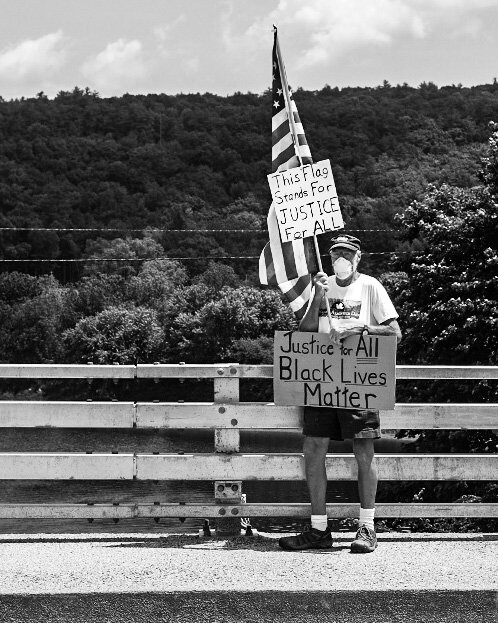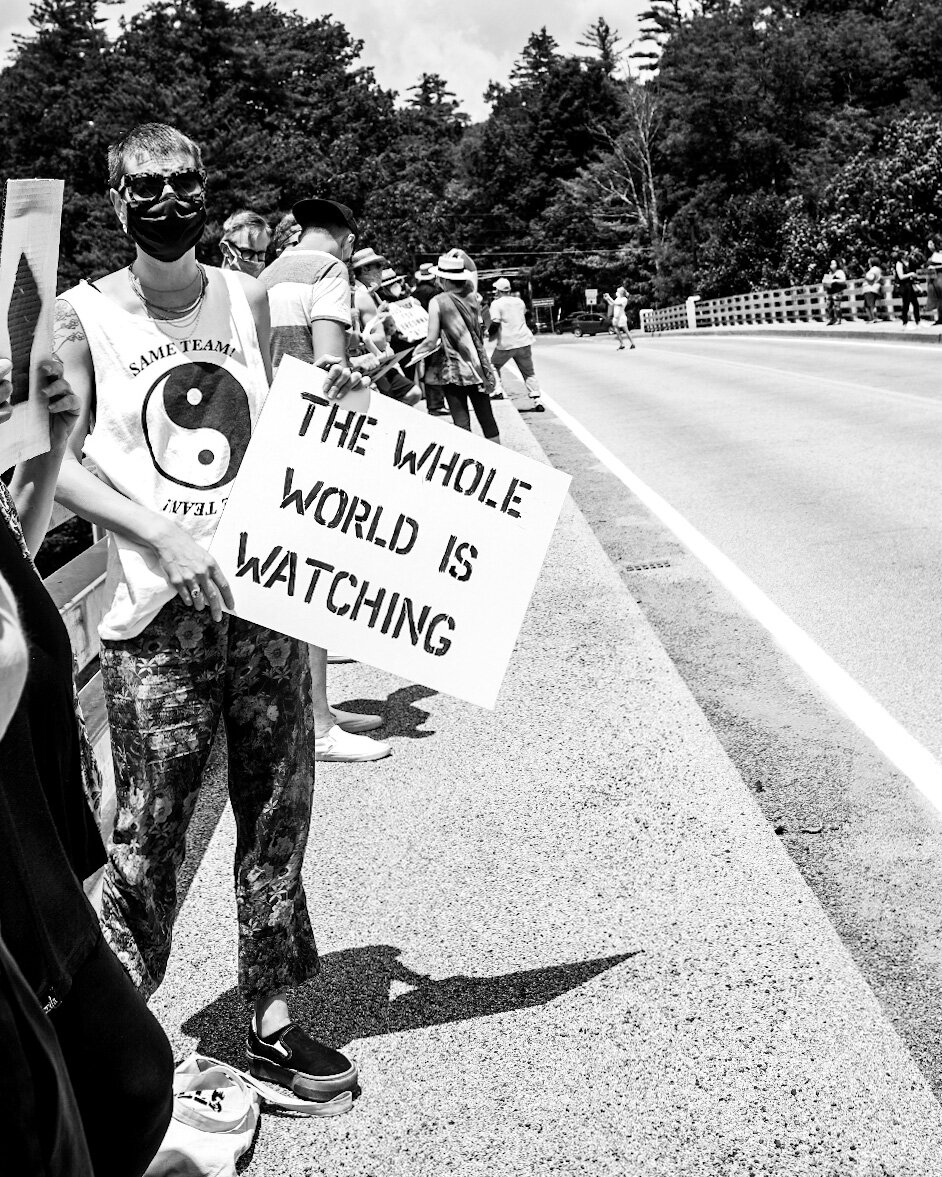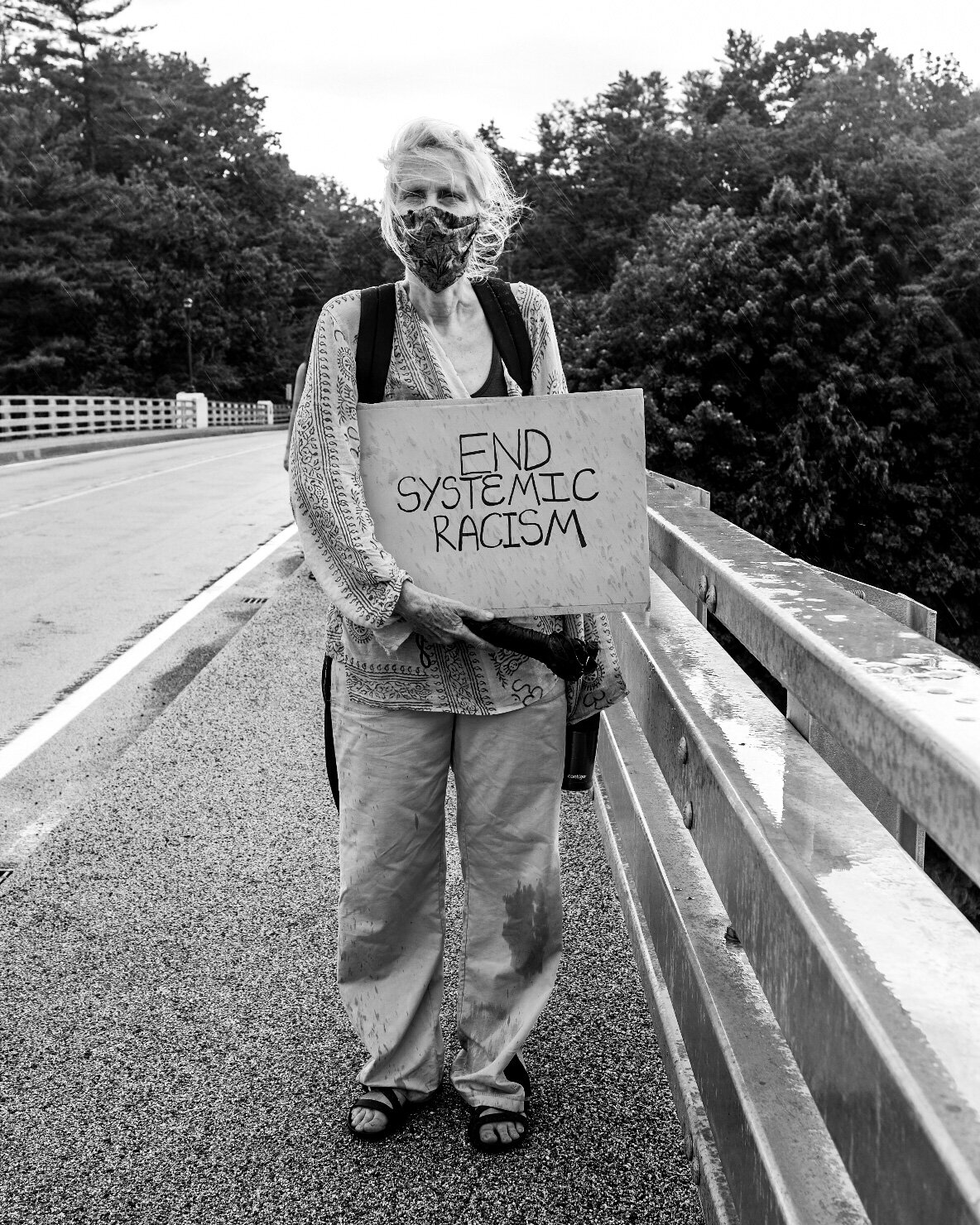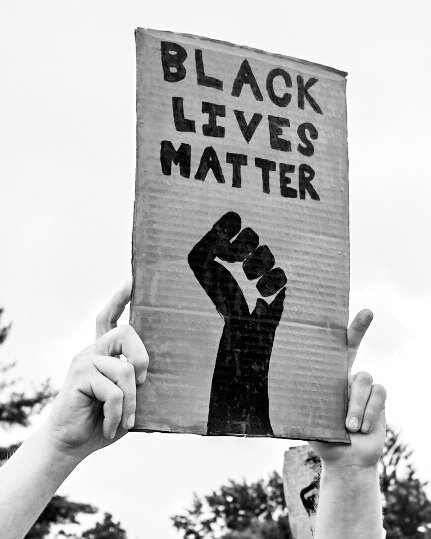Module 4 Blog Post
Part 1: Final Reflections
1a. I noticed that I wrote a lot about my experience as a Jew in a very non-Jewish community and how that has shaped my perception of culture and how I, as well as others, approach multiculturalism. I also noticed that I think I got much more introspective in each module, becoming more willing to publicly identify my flaws in my own approach to multiculturalism and acknowledging my own prejudice.
I also noticed that I mention the invisibility of whiteness frequently in my blog posts (Sue, 2004). I’ve taken this introspection into my personal life and been writing freely on multiple public social media platforms. A recent thought experiment I sent out to some peers was to have people imagine a culture-less environment, where people are expected to essentially “leave their culture at the door.” I followed up this imaginary scenario with two questions. The first was, “What do people look like inside this culture-less room?” After they answered that question, which was generally along the lines of “plain white pants and shirt,” I asked the second question: “What do you envision white Americans leave at the door? What is the culture they must shed?” It was interesting, because the answers varied. Many were stumped, because they realized the “plain white pants and shirt” attire is generally a very Western, white cultural clothing, reaffirming the concept of whiteness being invisible. To them, shedding all culture was to fit into white culture. This is a project that I think is a direct extension of the work I’ve done in this course and something I never would have written about, and especially not asked others about, before the personal growth achieved through this class.
1b. I learned a lot from my peers’ posts and I found Oyejoke’s posts to be especially enlightening. I began seeking out her posts each week because I found her stories, musings, and analysis so interesting. I really appreciated her transparency and honesty about her experiences as a black woman in this country. The one that I think about frequently is when she wrote about her husband being stopped while driving in their neighborhood for “matching a description” and there was cynicism about him belonging in that neighborhood because he’s black (although that wasn’t said outright, it was clear to both Oyejoke and her husband, as well as anyone hearing the story.) A huge chunk of what I learned from reading Oyejoke’s experiences was beginning to crack open the window to see other people’s lived experiences. The story about her husband is something I will never experience and to hear directly from someone who has was very educational.
Part 2: What did you learn?
2a. I think the most useful thing I took away from this class was the understanding of the invisibility of whiteness (Sue, 2004). This is something I’ve written about in many of my blog posts, as well as brought into conversations with friends and family. I mentioned above in part 1A about the thought experiment I tried out with some friends based on the concept of the invisibility of whiteness. I remember mentioning in a previous post, I’m pretty sure it was the case study, that I was surprised to hear a mention of this invisibility of whiteness in The Color of Fear (Wah, 1994) because this the concept itself seemed so brand new to me, as this course was the first time I had ever even considered it, and it shocked me to hear it being talked about so long ago, so known between the people of color in that conversation. There was a subsequent pang of guilt after hearing this because, as a white-passing woman, it has never been necessary for me to understand the invisibility of whiteness and I have the luxury of not hearing about it until I’m in my late 20s.
Also, I say “white-passing” because of something else I learned during the duration of this course (but not from course materials.) While yes, I have very light skin, and benefit from the privileges that come along with having light skin, as a Jew I do not have access to the benefits upheld by thousands of years of oppression that come along with “whiteness.” This was an additionally interesting thing to have explained to me because it gave a new context to the invisibility of whiteness framed within my own life: whiteness is so invisible in our society, I didn’t see even when it was negatively affecting me.
2b. There were a lot of things I read, watched, and learned about in this course that were deeply upsetting, but I think the first two that come to mind are from Race: The Power of an Illusion (Herbes-Sommers, Strain, & Smith, 2003) and The Color of Fear (Wah, 1994).
Race: The Power of Illusion (Herbes-Sommers, Strain, & Smith, 2003) gave a lot of detail about how communities were built and why low-income areas are majority black. The marginalizing of the black community is in the bedrock of our society, so old and so entwined with our infrastructure, that undoing it and changing the circumstances seems almost futile.
In The Color of Fear (Wah, 1994), David spends over an hour refusing to hear the people of color in the room who are trying to explain to him how his actions and words are harmful. He is so adamant that they must all be wrong and won’t be told otherwise. I found this really upsetting because I see this exact same behavior amongst my peers, and I am often filled with despair at the thought of never being able to get through to people like that. If they can’t hear it, if they can’t learn…how can we make any real change?
2c. I think the best way I can use the knowledge I have gained throughout this course is to use it to try to impart education on others and to cite this information during discussions with people about race relations, especially in the current climate.
2d. I think there needs to be a much stronger push on educating, licensing, and employing people of color as professionals in the psychology field, whether it be as researchers, professors, therapists, etc. One of the things I’ve noticed throughout my life is that ever therapist I have ever been to (and there have been many) were white. Most of my psychology professors have been white. As for researchers, I’m not entirely sure because it’s hard to know the race of most researchers, but the impression I’ve gotten from this course is that most research has been performed by white people. This field can never be truly multicultural if the research, teaching, and therapy being done through a multicultural lens is only being done by people of one or a few similar cultures. I recently spoke to a man who had a lot of hate in his heart, especially towards women (he would definitely fall into the category of “incel”) and I suggested he find a good therapist to help him work through his anger. He refused, saying he’d been to therapy before and those “rich, white pricks will never understand my life.” (For context, he’s a black man who has lived on the streets for long stretches of time throughout his entire life.) I suggested that he find a therapist with training in his specific circumstances, ideally of the same racial background as him, and he was shocked to learn that that even exists. I come from a fairly affluent family and have had access to proper mental health care whenever I need it, but it was incredibly saddening to learn the people who need it the most don’t even know that what they need exists.
I think both psychologists and the psychology field have a role to play in social justice. Psychologists are hands on, helping people directly. They are professionals in the field, presumably best equipped to relay the information to the general population, as well as helping people as they work through the information and the consequences of that. As for the discipline of psychology, if social justice is ignored, no progress will be made in that regard.
Some photos from a recent Black Lives Matter protest I attended. This is always a movement I have supported, but I think being in this course was instrumental in me actually getting truly involved. It was a wonderfully moving experience and so enlightening. I come from a town that is mostly white and it was really incredible to see how many people came out to support people so different from them.
References
Herbes-Sommers, C., Strain, T. H., & Smith, L. (Directors). (2003). Race: The power of an illusion [Documentary series]. Public Broadcasting Service.
Sue, D. (2004). Whiteness and ethnocentric monoculturalism: Making the “invisible” visible. American Psychologist. DOI: 10.1037/0003-066X.59.8.761
Wah, L. M. (Director/producer). (1994). The color of fear [Documentary]. United States: StirFry Seminars.
*can’t do hanging indents on squarespace




